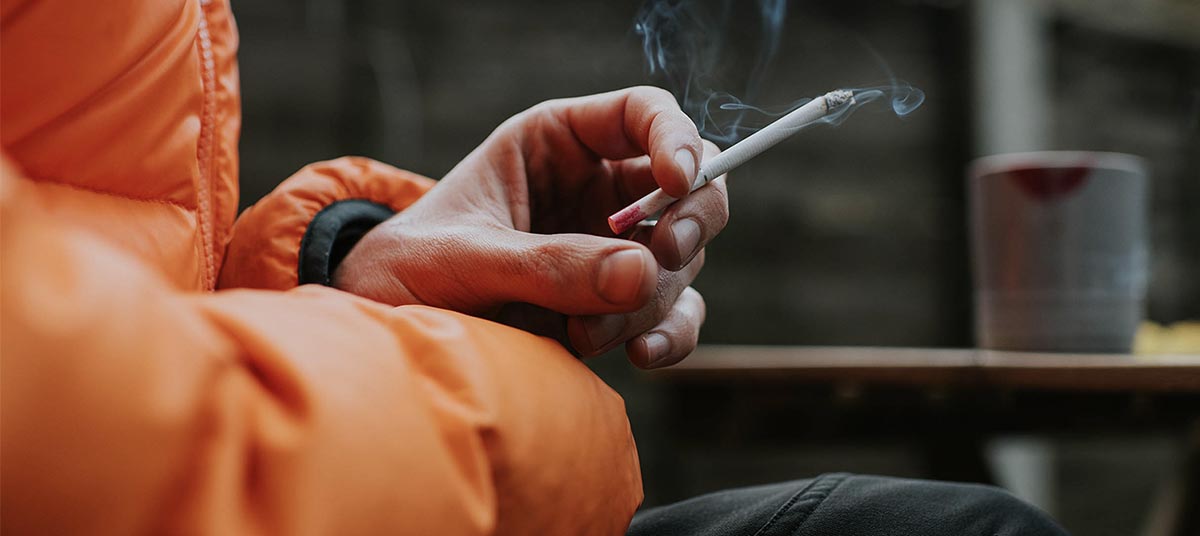Bootlegging Resurfaces: Indiana's Cigarette Tax Hike

Indiana’s robust increase in cigarette taxes is not merely a fiscal strategy; it resurrects the reminiscent spirit of moonshining and bootlegging. With the state amplifying its per-pack pricing, new stringent penalties are akin to the raids of the Prohibition era aimed at cracking down on illicit smugglers.
This situation feels reminiscent of the 1930s when operations were deployed to dismantle illicit beer and tobacco networks. Today’s arena shifts focus from clandestine distilleries to highways and storefronts, where tax-savvy smokers venture to adjacent states for reduced prices or bulk purchases.

Kentucky and Tennessee serve as deterrent examples. Kentucky’s extremely low cigarette tax—only 10 cents per pack compared to Indiana’s $1—increases its attractiveness as an export hub with smuggling pathways reaching far and wide. Meanwhile, Tennessee experienced a rise in bootleg cigarette operations near its boundaries following tax increases in the 2000s, echoing historic "beer flats" but for tobacco.
The broader narrative is complex. A January 2018 brief from Johns Hopkins Bloomberg School of Public Health's Tobacconomics program reviewed the implications of states, including Indiana, applying cigarette tax hikes of 50 cents or more. Post-Indiana's 2007 rise from 55¢ to 99.5¢ per pack, the state experienced a 43% revenue elevation within the subsequent year, even as surrounding states noted marginal dips, showcasing how net revenue climbed despite the smuggling threat.
Indiana is chasing the cigarette black market much like it once pursued illegal stills.
Reinforced Enforcement: The New Statutes
From July 1, Indiana’s cigarette tax will more than double. The law will introduce robust enforcement mechanisms:
Criminalizing bulk purchases from out-of-state, classifying high-volume tampering as felonies.
Enhanced task forces—comprising excise and state police—patrolling shipments at toll stations and distribution centers.
Unannounced audits of wholesalers and retailers to uncover phony tax stamps.
The projected outcome: $290 million annually, earmarked for public health initiatives.

The Temptation of Cross-Border Buying (and System Flaws)
The key is enforcement. Given Indiana's proximity to low-tax states like Kentucky, illegal trade is more plausible. A Tax Foundation report lists Indiana among the top 10 states prone to cigarette smuggling surges after tax elevations, highlighting a "substantial risk of consumer evasion via border skipping and gray-market transactions."
Ohio, with its modest cigarette tax and dense network of highways, stands out as another state to keep an eye on. A 2024 Mackinac Center study indicates that nearly 12% of cigarettes smoked in Indiana could derive from out-of-state acquisitions in the year following the tax hike.
Illinois and New York: Optimizing for Evasion
Illinois:
Illinois recently increased its nicotine-product taxes to 45% of wholesale, amplifying the smuggling risk.
Approximately 30% of cigarettes consumed there are estimated to be trafficked across state borders.
New York:
With one of the highest combined taxes nationwide (state + NYC), New York recorded smuggling rates exceeding 50%, reaching a peak of 61% in the wake of its latest $1-per-pack increase.
The Albany-based Bureau of Alcohol, Tobacco & Firearms and the state’s Tax Enforcement Office enforce felony-level trafficking laws (Class D/E felonies for 10,000+ cigarettes).

Historical Context: The Hoosier Hustle
Bootlegging is integral to Indiana’s economic core. During Prohibition, Indiana housed some of the most active moonshine syndicates in the Midwest, notably in rural Southern Indiana counties like Lawrence, Dubois, and Orange. Moonshine would be transported under the guise of night down “Whiskey Roads” dubbed by locals.
The medium has transformed—cigarette packs replacing spirits—but the methodology remains strikingly similar: navigate legal loopholes, leverage geography, and discreetly transfer goods.
Even veteran Indiana Excise officer John Halverson acknowledged the parallel: "Back then, it was stills in barns. Now it’s cartons in car trunks.”
Public Health Achievement or Risky Policy?
Not all view the smuggling increase as a policy misstep. Public health advocates argue the overall rise in prices results in actual smoking reductions, particularly among teenagers and low-income demographics.
Mike Seilback, National Assistant Vice President for Advocacy at the American Lung Association, told The Indiana Capital Chronicle,
“Higher tobacco prices are the single most effective way to curb smoking. We anticipate thousands of Hoosiers will quit, and thousands more young people won’t start.”
Despite smuggling levels potentially hitting 10–30%, research demonstrates states can still secure meaningful net revenue upsides post-tax rises—with stringent enforcement. Indiana experienced a 41% drop in sales but a 43% revenue rise post-2007, underscoring this occurrence.
Will This Approach Succeed?
Indiana stakes a significant claim that it will. Yet, success hinges on more than revenue forecasts. Can the state achieve the delicate balance between deterrence and enforcement? Will rural retailers adjust? And will the contemporary bootleggers—modern-day moonshine operators in SUVs and rental vehicles—remain ahead?
Want tax & accounting tips and insights?
Sign up for our newsletter.